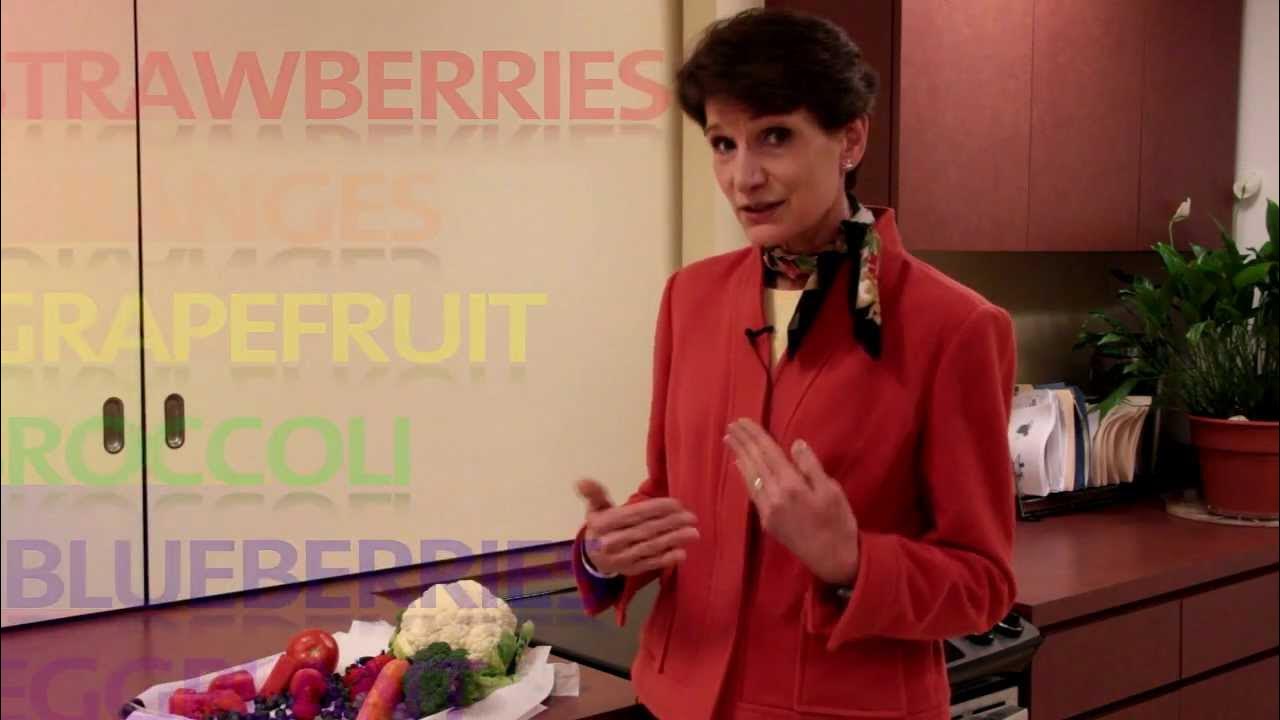Flavonoid; bahan AJAIB pada buah dan sayur untuk KESEHATAN
Summary
TLDRIn this informative video, the speaker dives into the fascinating world of phytochemicals, focusing specifically on flavonoids. These compounds are widely researched for their therapeutic benefits, ranging from disease prevention to pain relief. The speaker explores various subgroups of flavonoids, such as anthocyanins, flavonols, and proanthocyanidins, found in foods like berries, grapes, red wine, and vegetables. The video also touches on the chemical structures and biological functions of these compounds, highlighting their antioxidant, anti-inflammatory, and anti-cancer properties. The detailed exploration aims to showcase how these compounds contribute to overall health and wellness.
Takeaways
- 😀 Flavonoids are a large group of phytochemicals in food that have health benefits.
- 😀 There are two main categories of food components: nutritional and non-nutritional, with flavonoids being part of the non-nutritional category.
- 😀 Flavonoids are categorized into three main groups: anthocyanins, anthoxanthins, and betalains.
- 😀 Anthocyanins are responsible for red to purple colors in foods like red cabbage, red potatoes, and berries.
- 😀 Anthoxanthins have lighter color gradations, ranging from white to cream, and are found in foods like onions and potatoes.
- 😀 Betalains are responsible for purple to red colors, and examples include beets.
- 😀 Flavonoids are generally polar and dissolve in water, while carotenoids, another plant pigment, are non-polar and more fat-soluble.
- 😀 Berries like blackberries and blueberries are rich in anthocyanins and proanthocyanidins, which provide health benefits.
- 😀 Red wine, cocoa, and dark chocolate also contain high levels of proanthocyanidins, contributing to their health-promoting properties.
- 😀 Flavonoids, especially from sources like green tea and dark chocolate, are known for their antioxidant and anti-inflammatory properties, which contribute to health benefits like cancer prevention and pain relief.
Q & A
What are the two main categories of components in food?
-The two main categories of components in food are 'nutritional components' and 'non-nutritional components.' The video focuses on non-nutritional components.
What are phytochemicals and why are they important?
-Phytochemicals are compounds found in plants that have been widely researched and utilized for their health benefits. They are used in various health therapies, such as in fitopharmaceuticals, and also play a role in functional foods.
What is the difference between phytochemicals used in fitopharmaceuticals and those used in functional foods?
-Phytochemicals used in fitopharmaceuticals are extracted and processed into forms like capsules, drops, or powders for therapeutic purposes. In contrast, phytochemicals in functional foods are incorporated into food products, such as syrups, biscuits, or other processed foods, for health benefits.
What are flavonoids and why are they significant in food?
-Flavonoids are a large group of phytochemicals found in many foods, particularly fruits, vegetables, and beverages. They are significant due to their health-promoting properties, including antioxidant and anti-inflammatory effects.
How are flavonoids categorized?
-Flavonoids are classified into three main categories: anthocyanins (red to purple), flavonols (white to yellow), and betalaine (yellow to red to purple).
What is the difference between anthocyanins and betalaine in terms of their color range?
-Anthocyanins have a color range from red to purple, while betalaine has a slightly darker range, extending from yellow to red and even purple.
How can you differentiate between carotenoids and flavonoids based on their solubility?
-Carotenoids are lipid-derived and are non-polar, making them more soluble in fats. In contrast, flavonoids are polar due to their hydroxyl groups, making them more soluble in water.
What are some food sources that are rich in anthocyanins?
-Some food sources rich in anthocyanins include red cabbage, red potatoes (skin), cherries, grapes, blueberries, blackberries, and certain types of beans.
Which foods contain a high level of proanthocyanidins?
-Foods that contain high levels of proanthocyanidins include grapes, particularly red wine, strawberries, and blueberries.
What is the role of flavonoids in health and disease prevention?
-Flavonoids play a crucial role in health by acting as antioxidants, preventing oxidative stress, and supporting the prevention of chronic diseases, including heart disease and cancer. They also have anti-inflammatory effects and contribute to improved immune function.
Outlines

This section is available to paid users only. Please upgrade to access this part.
Upgrade NowMindmap

This section is available to paid users only. Please upgrade to access this part.
Upgrade NowKeywords

This section is available to paid users only. Please upgrade to access this part.
Upgrade NowHighlights

This section is available to paid users only. Please upgrade to access this part.
Upgrade NowTranscripts

This section is available to paid users only. Please upgrade to access this part.
Upgrade NowBrowse More Related Video

Phytochemicals: Why You Should Eat A Rainbow of Fruits and Veggies

Retrovírus - Vírus - Biologia com o Tubarão

BIOLOGI Kelas 10 - Bakteri (PART 1) | GIA Academy

DNA Structure | Biochemistry

Flavonoid untuk mencegah DARAH TINGGI, JANTUNG dan STROKE

How to Draw Phase Diagrams and What they Mean! | Doc Physics
5.0 / 5 (0 votes)